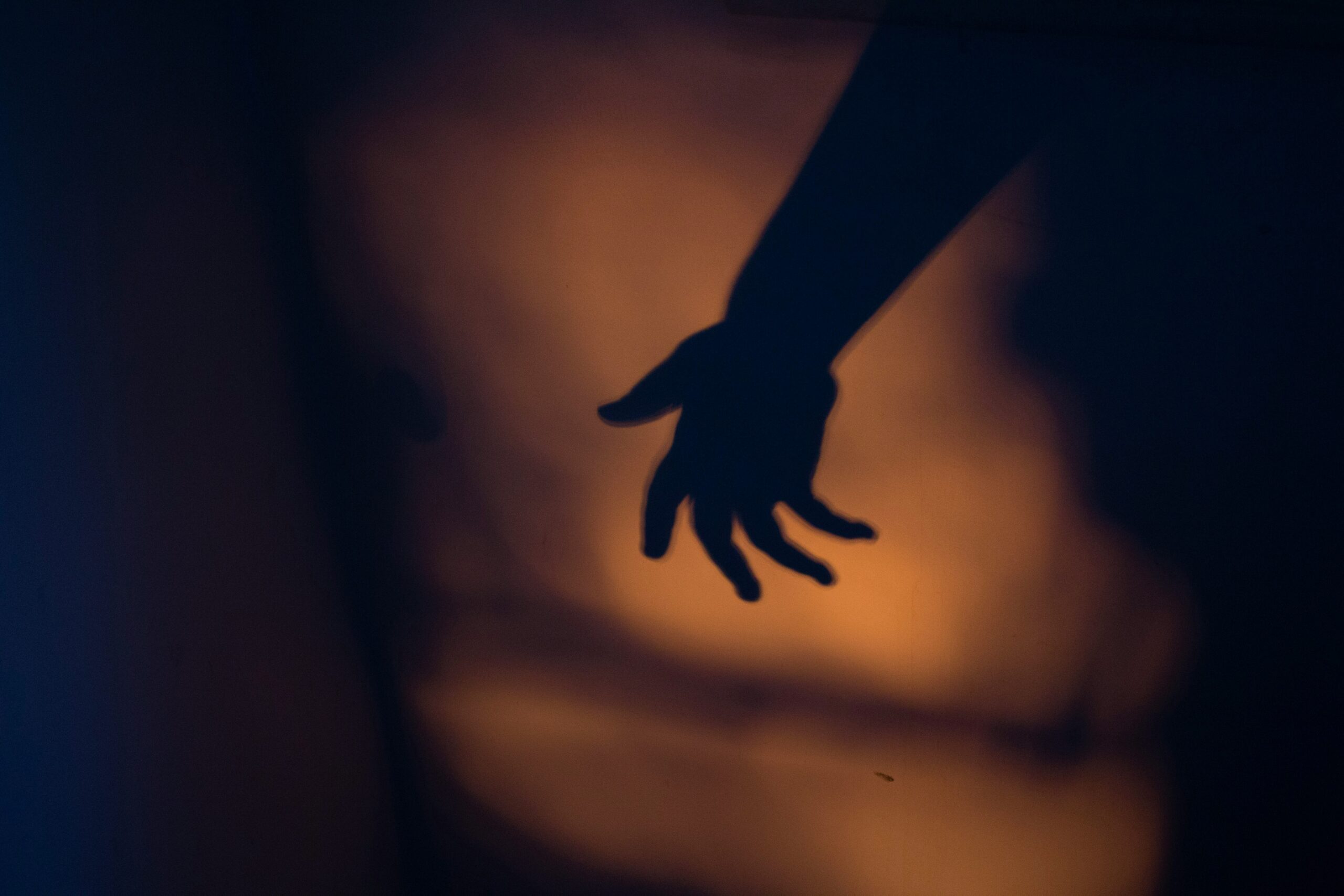Singing and Slashing: Bollywood’s A Nightmare On Elm Street – Mahakaal
Forever engraved in the mind of a generation, a certain film became the reason thousands of people have been afraid to go to sleep. Razors as fingers, mauled skin as a face, an unforgettable villain who has been the face of horror for decades… A group of teenagers are being stalked in their dreams by this mythical man, and they wake up to find scars on their bodies. Can it be just a dream? Eventually, they have to find a solution to their problem. The only thing standing in their way is their love of dancing and singing!
A Nightmare on Elm Street (1984)? Oh no, I was talking about Mahakaal (1994), the Bollywood remake of the beloved classic with a cultural twist which is absolutely crazy and unique.
I was lucky enough to attend Revue Cinema’s 30th Anniversary screening for the film after wanting to see it ever since I read Pete Tombs’ terrific book about global genre and exploitation cinema, Mondo Macabro: Weird & Wonderful Cinema Around the World. The India section mostly covers the works of the Ramsay family, who are the main producers of horror cinema in the country. Specifically Tulsi and Shyam, known as the Ramsay Brothers, became synonymous with the genre after directing over 30 of these films.
Back to the movie. Well, Mahakaal has it all: horror, comedy, action, romance, drama, music… You name it, brother! My philosophy in life is to look at things like a soup: if the ingredients in your soup are good, the soup itself also is good. It is debatable if the ingredients in Mahakaal are harmonious but it definitely has a one-of-a-kind flavor. It’s an experience—a really curious and goofy one.
Firstly, let’s take a look at how much of the original Nightmare is retained and how much gets changed in translation. The basic storyline is pretty much identical with the crucial plot points being repeated in shot-by-shot remade sequences. However, there are elements and scenes borrowed from the sequels, too. The waterbed kill is from The Dream Master and the possession subplot seems to be derived from Freddy’s Revenge, where the titular killer possesses a teenage boy. Also, the theme music of the original franchise is used within the film, probably without copyright. The inspirations go beyond the series with some scenes being borrowed by The Church, Evil Dead 2, and Day of the Dead.
Freddy Krueger is rebooted as Shakaal. There is a spiritual explanation for the villain, as he is the embodiment of all evil. Shakaal sacrifices children to an evil entity and one of his victims happens to be the sister of the protagonist, which is the traumatic backbone of the story. However, he is not burned alive like Krueger. He was always disfigured from the start. Instead, the father character semi-buries him alive, and I say that because the coffin obviously does not fall into the hole! Also, it is a shame we don’t see him dance and sing… a missed opportunity for sure.
However, what interests me the most is how such a story translates to a whole different audience and market. Pop Indian Cinema, or Bollywood, seems to be concerned with the spectacle more than anything. The main spectacle that comes to mind is the singing, which there is plenty of here. In popular Bollywood films, the songs often move the story forward while in Mahakaal, they slow down the narrative. It’s not everyday you see a bunch of teenagers going to a picnic and singing about love after they were scarred by a maniac in their dreams. How I see it is that the music is used as relief from the horror storyline. Maybe the target audience at that time needed it, due to low exposure to horror.
Stylistically, there are some interesting choices. The lighting for the film with the blues and reds feels like a throwback to early gothic horror. Meanwhile, like Indian melodramas, the camerawork features many crash zooms, put together through discontinuity editing where actions sometimes repeat 2-3 times. The production value is not great. The chains in the dream sequences seem to have a perfectly calculated 1 meter between each other and the light source is directly visible in one scene. I love the part when they go to the cemetery during the daytime but they have flashlights in their hands! I feel like the errors do not make the film worse, I think they make it better because they are funny and Mahakaal definitely does not take itself so seriously with the frequent comedic relief and random fist fight scenes.
In an era where we are getting corporate remakes and reboots with massive budgets, Mahakaal feels like a breath of fresh air. It is interesting to see how the story translates to a very specific audience. It is also definitely a unique kind of entertainment in which you get a whole lot of basically everything. If you love awkward and bizarre global remakes, Mahakaal is something you should dance and spin kick into.
